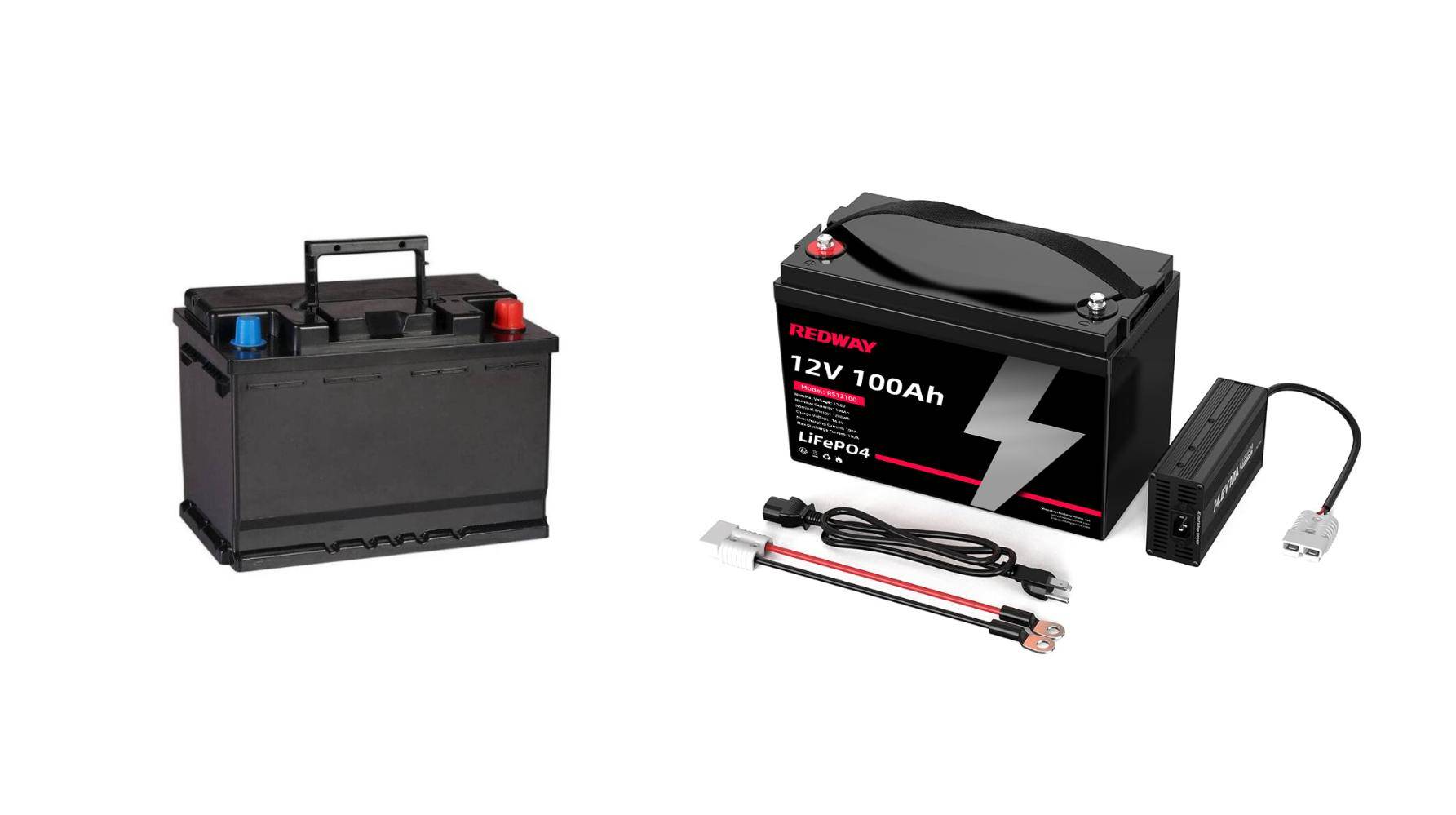
Blog
How to Choose the Right BCI Battery for Your Vehicle?

Choosing the right BCI battery involves matching group size, cold cranking amps (CCA), reserve capacity (RC), and terminal type to your vehicle’s requirements. Verify compatibility using your owner’s manual or existing battery specs. Prioritize CCA for cold climates and RC for high electrical demands. Opt for AGM or lithium models for advanced performance in modern vehicles.
What Are BCI Battery Group Sizes and Why Do They Matter?
BCI group sizes standardize physical dimensions and terminal placements to ensure proper fitment. Examples include Group 24 (mid-sized cars) and Group 49 (luxury vehicles). Using an incorrect size may damage wiring or cause instability. Always cross-reference your vehicle’s manual with BCI charts before purchasing.
How Does Cold Cranking Amps (CCA) Affect Battery Performance?
CCA measures a battery’s ability to start engines in cold temperatures (0°F). Higher CCA values (e.g., 750+ CCA) are critical for diesel engines or Arctic climates. Insufficient CCA leads to sluggish starts or failure. Modern batteries like Odyssey PC1750T offer 950 CCA for extreme conditions.
When evaluating CCA requirements, consider your local climate and engine type. Gasoline engines typically need 1 CCA per cubic inch of displacement, while diesel engines require 2 CCA per cubic inch. For example, a 5.7L V8 engine (347 cubic inches) would need at least 347 CCA for gasoline or 694 CCA for diesel. Below is a quick reference table for common vehicle types:
| Vehicle Type | Recommended CCA Range |
|---|---|
| Compact Cars | 400-500 CCA |
| Full-Size Trucks | 750-950 CCA |
| Marine/RV | 800-1000+ CCA |
Which Battery Chemistry Works Best for Your Needs: AGM vs. Flooded Lead-Acid?
Flooded lead-acid batteries are affordable but require maintenance. AGM (Absorbent Glass Mat) batteries, like Optima RedTop, provide spill-proof designs, faster recharge rates, and 3x longer lifespan. AGM excels in stop-start vehicles and off-road applications. Lithium-ion batteries (e.g., AntiGravity ATX-30) offer lightweight solutions but at higher costs.
AGM batteries maintain stable performance in varied orientations, making them ideal for off-road vehicles and marine use. Their sealed construction prevents acid leaks and reduces corrosion risks. Flooded batteries, while cheaper upfront, require regular water top-ups and vented installation spaces. For hybrid vehicles with regenerative braking systems, AGM’s deep-cycle resilience outperforms traditional options. Below is a cost-benefit comparison over a 5-year period:
| Type | Initial Cost | Maintenance | Lifespan |
|---|---|---|---|
| Flooded | $100-$150 | High | 3-5 years |
| AGM | $200-$300 | None | 6-8 years |
Why Should You Prioritize Reserve Capacity for Accessories?
Reserve capacity (RC) indicates how long a battery can power electronics if the alternator fails. A 120+ minute RC suits RVs or car audio systems. Dual-battery setups with Odyssey 31M-PC2150ST (205-minute RC) are ideal for overlanding. Low RC batteries risk leaving you stranded during electrical failures.
Know more:
What Is a BCI Battery? Understanding Standards and Applications
How Do BCI Batteries Differ Technically from Other Battery Types?
How Did BCI Batteries Evolve From Early Designs to Modern Applications
How to Choose the Right BCI Battery for Your Vehicle?
What Is the Core Technology Behind BCI Batteries?
Why Are BCI Batteries the Top Choice for Green Energy Solutions?
How Do You Decode Date Codes to Avoid Old Stock?
BCI date codes use letters (A-L for months) and numbers (0-9 for years). “C23” = March 2023. Batteries older than 6 months may have sulfated plates. Retailers must disclose manufacturing dates upon request. Always reject batteries beyond 12 months from production date.
What Are the Hidden Risks of Mismatched Terminal Types?
SAE posts (top-mounted) vs. side terminals (GM vehicles) vs. L-terminals (European cars). Forcing incorrect terminals risks short circuits or connection failures. Use adapters like Schumacher BT-100 for conversions. Marine batteries often combine SAE and dual-post designs (e.g., VMAX SLR125 AGM).
“Today’s vehicles demand smarter energy management. AGM batteries with enhanced cycling capabilities are becoming mandatory for hybrids and EVs with regenerative braking. We’re also seeing 12V lithium systems replace traditional lead-acid in performance cars—they shed 15+ pounds and tolerate deep discharges better.”
– Senior Engineer, Global Battery Solutions
Conclusion
Selecting the optimal BCI battery requires analyzing group size, CCA/RC ratings, terminal configuration, and chemistry. Cross-validate specs with your vehicle’s demands and climate conditions. Premium AGM/lithium batteries justify their cost through longevity and reliability. Always verify manufacturing dates and warranty terms before purchase.
FAQs
- Q: Can I use a higher BCI group size than recommended?
- A: No—oversized batteries may not secure properly, risking vibration damage or terminal contact issues.
- Q: Do lithium BCI batteries work in cold weather?
- A: Yes, but performance drops below -4°F. Self-heating models like Battle Born 12V mitigate this.
- Q: How often should I replace my BCI battery?
- A: Every 3-5 years for lead-acid, 6-8 years for AGM, 8-12 years for lithium under normal use.



